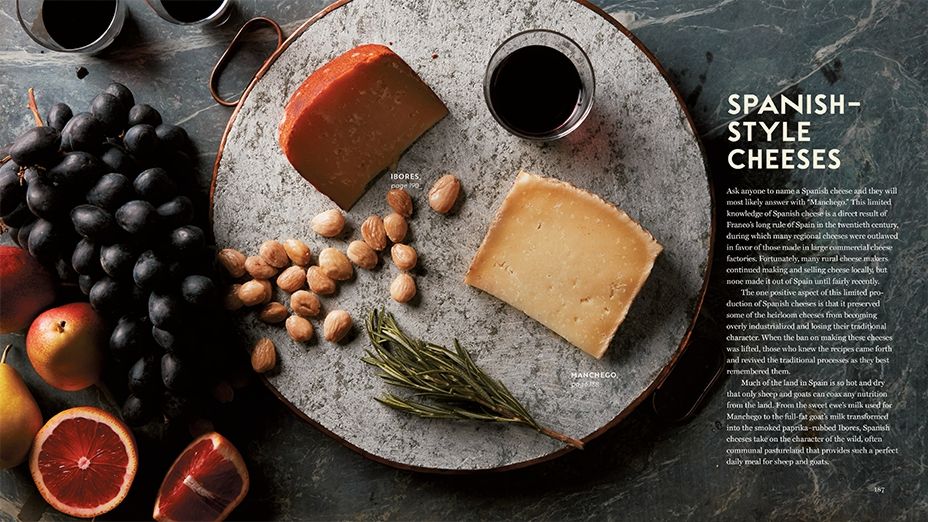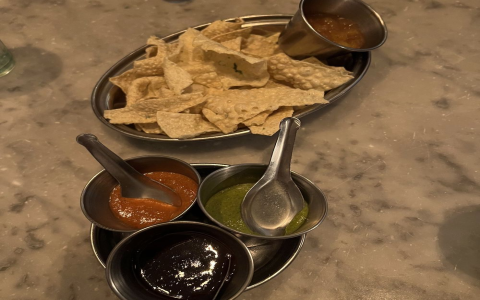Alright, let’s talk about this whole caprino adventure I went through. It started pretty simply, really. I was browsing some stuff, saw pictures of fresh goat cheese, and thought, “Hey, how hard can that be?” Famous last words, right?

Getting Started
So, first thing, I needed goat milk. Not the easiest thing to find everywhere, let me tell you. Went to a couple of stores, finally found some at a farmer’s market spot. Grabbed a good amount, maybe a gallon or so. You also need some sort of acid, like lemon juice or vinegar, and some cheese salt. That’s pretty much it for the basic stuff.
Here’s what I gathered:
- Fresh goat milk (pasteurized, not ultra-pasteurized, learned that the hard way later)
- White vinegar (could’ve used lemon juice too)
- Cheese salt (or just non-iodized salt)
- A big pot
- A thermometer (important!)
- Cheesecloth
- A colander
The Process – Or Trying To
Okay, so I poured the milk into the big pot. Stuck the thermometer in. The idea is to heat it up slowly. Gently, they say. I put it on the stove, medium-low heat. Watched that thermometer like a hawk. Aiming for around 180-185 degrees Fahrenheit. Took a while, gotta be patient. Stirred it now and then so it wouldn’t stick to the bottom.
Once it hit the temperature, I killed the heat. Then, added the vinegar. Started with a couple of tablespoons. Gave it a slow stir, just a couple of times. And then… you wait. Supposedly, you see the magic happen. The milk starts to separate into curds (the solid bits) and whey (the watery stuff).
Mine… well, it kinda separated. Not as dramatically as I expected. Looked a bit sad, honestly. Maybe the milk wasn’t quite right? Or maybe I stirred too much? Who knows. Anyway, I let it sit for about 10 minutes, hoping for the best.

Straining and Shaping
Next step was getting the curds out. Lined the colander with a couple of layers of cheesecloth. Put it over another bowl to catch the whey (some people keep it, I didn’t know what for, so I didn’t). Carefully poured the pot’s contents into the cheesecloth-lined colander. A lot of whey drained out.
Then you’re supposed to gather up the corners of the cheesecloth, twist it, and gently squeeze out more whey. I did that. Left it hanging over the bowl for maybe an hour? Let gravity do its thing. The longer you let it drain, the firmer the cheese gets. I was aiming for something spreadable.
After draining, I plopped the cheese blob into a clean bowl. Mixed in some salt. Tasted it. Added a bit more salt. You just gotta season it to your liking. Could add herbs too, like chives or dill, but I kept it plain for the first try.
The Result?
So, what did I end up with? It was… okay. Definitely resembled goat cheese. Had that tangy flavor. Texture was a bit grainier than the store-bought stuff I like. Maybe I heated it too fast? Or used the wrong milk? The yield wasn’t huge either, from that whole gallon.
Was it worth it? Eh. It was an experience. Felt kinda cool making cheese from scratch. But it was messy, took time, and the result wasn’t amazing. Probably won’t be doing it regularly. It’s just easier to buy caprino, honestly. But hey, at least now I can say I tried it. Gave me a bit more appreciation for the folks who actually make cheese for a living. It’s definitely a skill.










